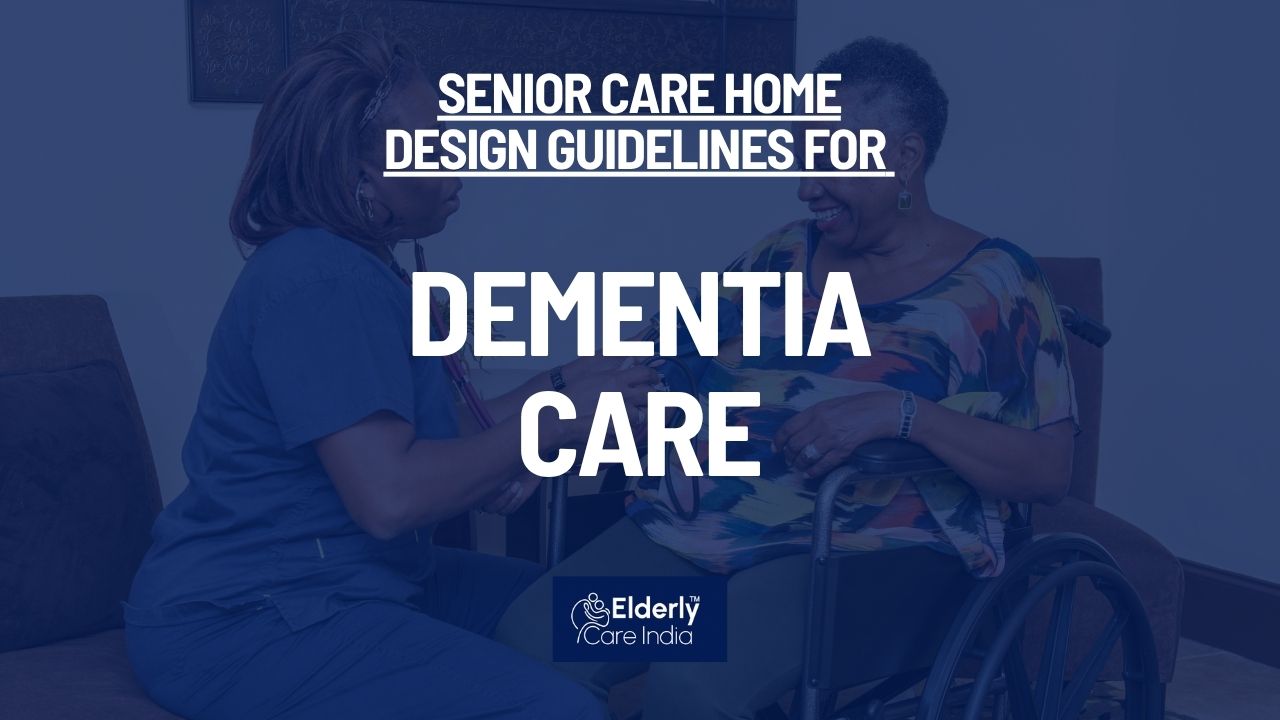Dementia is the biggest neutralizer in life and in a way it is nature’s way of bringing the rich & poor on the same level playing field.
The larger point of debate being, how serious are we about addressing problems related with Dementia. India is not only about metro cities, a large number of elderly live in rural areas who also need dementia care.
Unfortunately not many memory care homes are in rural or semi-rural area’s due to which the low income elderly are deprived of professional care.
As a nation, we need to start becoming more dementia-inclusive & promote holistic well-being for people who are unable to take care of themselves.
Dementia care design guidelines needs to be developed which are evidence-based & in consultation with home operators, geriatricians, policy makers, urban planners, architects, care home staff & industry experts.
Keeping into consideration that a large population of people living with dementia (PLWD) reside in their own homes hence it is also important to educate people about retro-fits & home modifications.
More than 10 million people aged 60+ in India may have dementia according to a first-of-its-kind study. The research was published in the journal Neuroepidemiology
An international team of researchers found that the prevalence rate of dementia in adults aged 60+ in India could be 8.44%.
As per Agency for Integrated Care (AIC) Singapore, historical & research evidence posit that custodial approaches to caregiving & design of the environment fall short of what is optimal for dementia care.
Dementia-friendly environments enable PLWD to preserve their selfhood & identity by maintaining normalcy through engagement in familiar routines & activities that hold personal meaning.
Empirical evidence suggests that person centered care (PCC) coupled with a supportive environment leads to an increase in sensory and social engagement, which in turn ameliorate functional and cognitive decline.
The provision of good dementia design in itself is not sufficient to ensure good care in eldercare facilities. Dementia-friendly design is one of the components in providing an empowering environment for PLWD. Other components that are pertinent to create an enabling environment include a change in the mindset of family members, society, care staff, policy makers & other stakeholders.
Staff skills, training & knowledge are important, but so are their attitudes, such as adaptability, flexibility, positivity & commitment. Management attention should be placed on staff capabilities & needs, as well as putting in place systems to identify potential abuse of vulnerable PLWD.
Resource document by AIC, Singapore titled “Looking to the Future – Designing and Managing Residential Facilities for People with Dementia” is a simple & functional guide
The document can be accessed on https://www.aic.sg/ or can be downloaded here (Looking to the future) or can be viewed below
